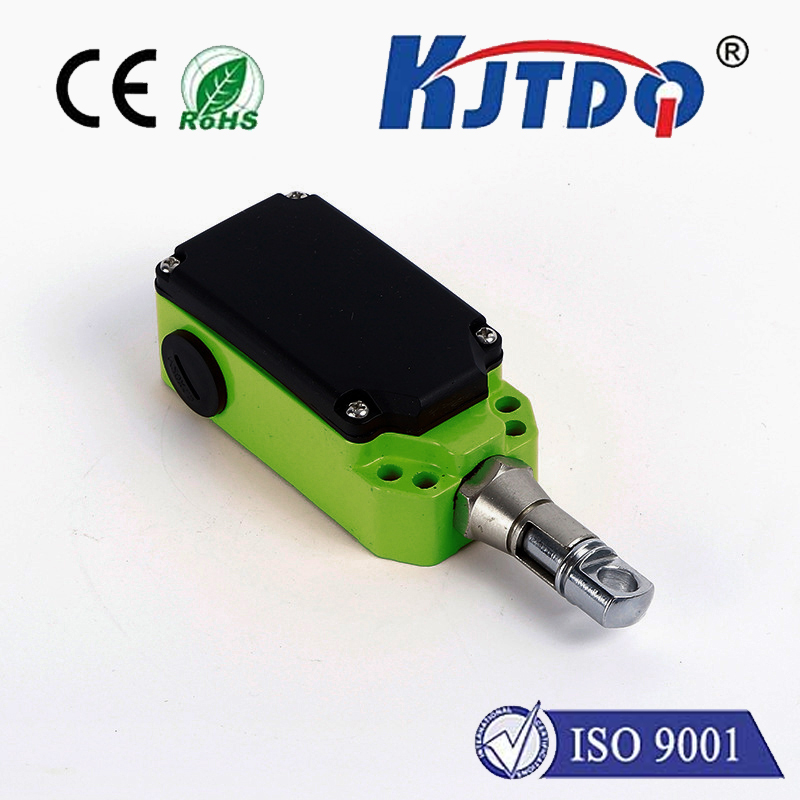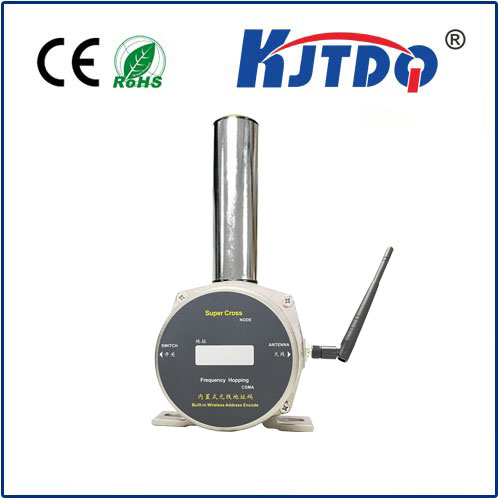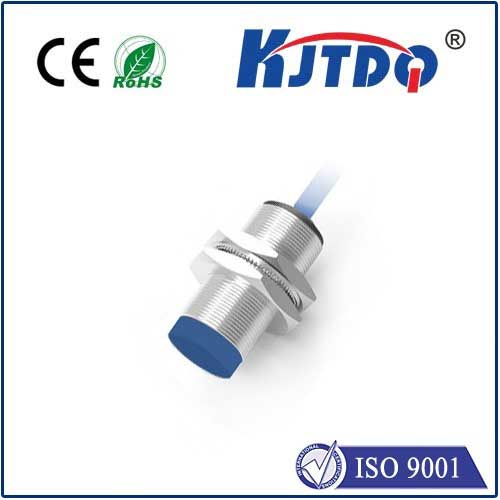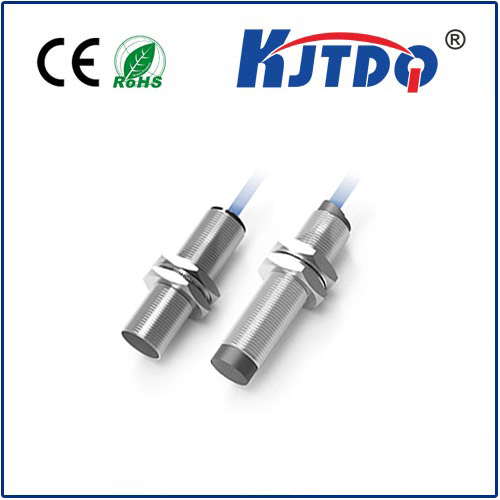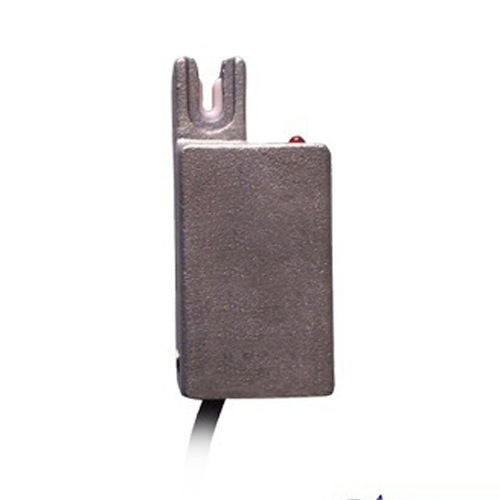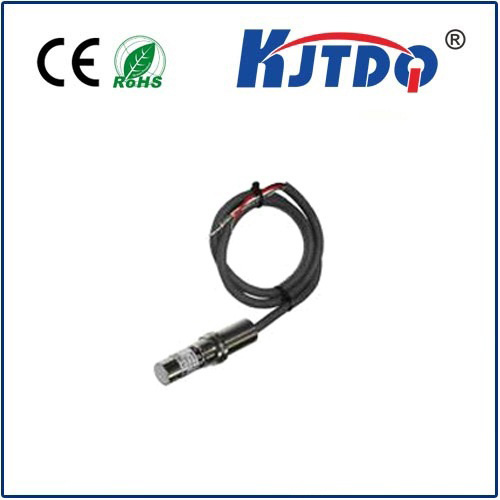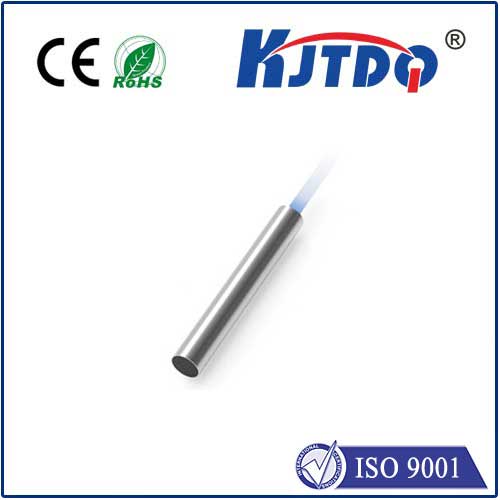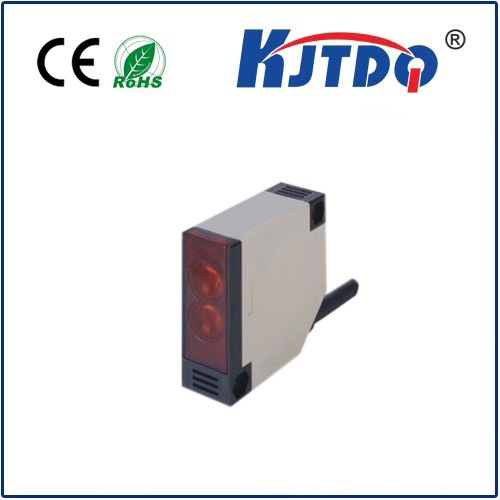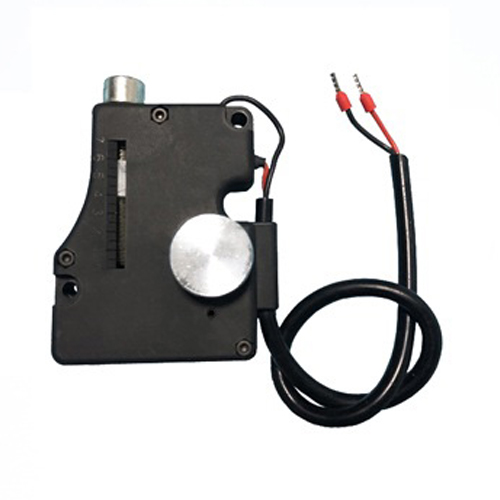

check

check

check

check
Title: Understanding Solid State Limit Switches for Optimal Control Systems
Introduction to Solid State Limit Switches in Optimal Control Systems
In the rapidly evolving world of control systems, engineers are constantly seeking ways to improve efficiency and performance. One key technology that has gained significant attention in recent years is the solid state limit switch (SSSL). This innovative device is designed to provide accurate and reliable feedback on the state of a process or system, allowing for precise control and optimization. In this article, we will delve into the workings of SSSLs and explore their role in optimal control systems.
Understanding the Basics of Solid State Limit Switches
A solid state limit switch is an electronic device that uses a variety of advanced technologies, such as microelectromechanical systems (MEMS), to achieve high reliability and accuracy in its operation. These devices typically consist of a movable actuator, such as a slider or lever, that can be pushed or pulled by a signal from the control system. When the actuator reaches a certain position, it creates a physical barrier, such as a contactor, that signals the end of the movement.
One of the key advantages of SSSLs is their ability to operate in harsh environments where traditional mechanical switches may fail. They are also highly versatile and can be used in a wide range of applications, including industrial automation, robotics, and medical devices. By providing real-time feedback on the state of a process or system, SSSLs enable operators to make informed decisions and optimize performance.
Applications of Solid State Limit Switches in Optimal Control Systems
Optimal control systems (OCS) are designed to minimize costs, maximize efficiency, and maintain system stability over time. In OCS, various inputs, such as temperature, pressure, and speed, are used to calculate optimal output values that satisfy specific constraints. One critical component of OCS is the controller, which uses feedback from sensors and actuators to adjust the system's behavior.
SSSLs play a crucial role in OCS by providing reliable feedback on the state of the process or system being controlled. By monitoring changes in input variables and detecting when they reach set points or thresholds, SSSLs enable controllers to make timely adjustments and maintain optimal performance. For example, in a manufacturing process where quality control is critical, SSSLs can alert operators when product defects occur, allowing for timely corrective action.
Furthermore, SSSLs can be integrated into complex systems using open communication protocols, enabling real-time data exchange between components. This allows for more efficient and effective decision-making, as operators can access up-to-date information about system performance at any moment. By leveraging the power of OCS and SSSLs, industries can achieve significant improvements in productivity, safety, and cost savings.
Conclusion
In conclusion, solid state limit switches have emerged as a powerful tool for optimizing processes and systems in various industries. By providing accurate and reliable feedback on the state of a process or system, SSSLs enable operators to make informed decisions and maintain optimal performance. As OCS technology continues to evolve, it is likely that SSSLs will become even more prevalent in control systems, helping businesses to stay competitive and meet evolving customer demands.
